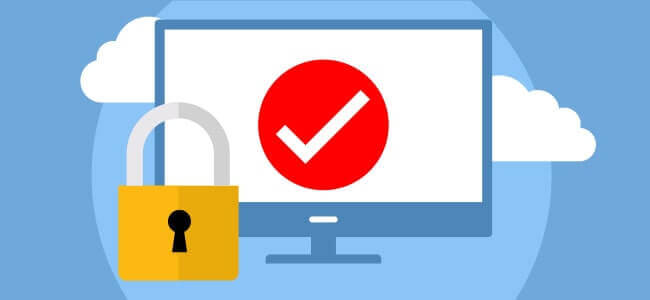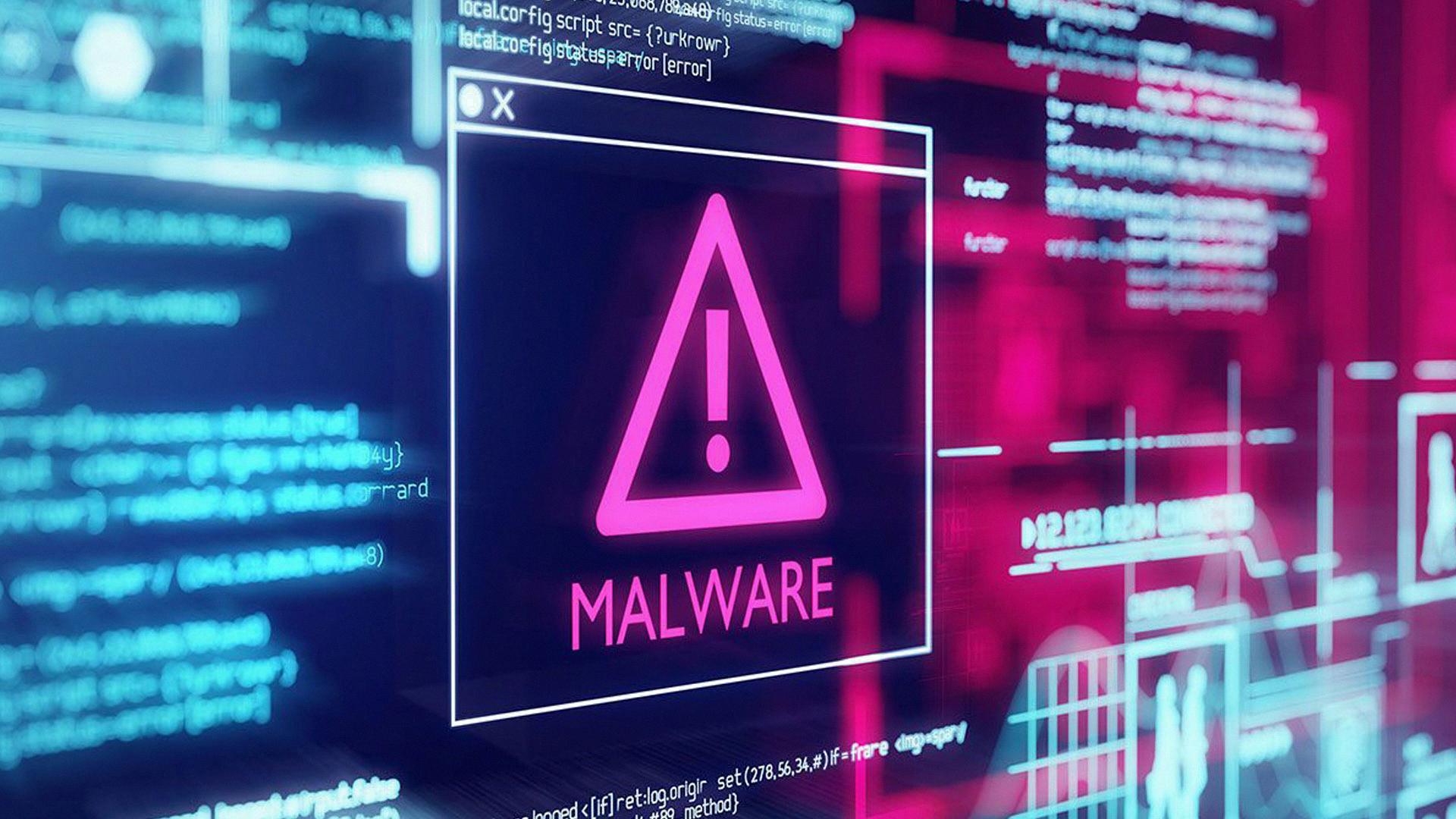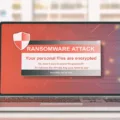Are you worried that your website might be infected with malicious code? If so, you’re not alone. Website malware is on the rise, with millions of websites being attacked every day. Fortunately, there are steps you can take to protect your website and remove any malicious code that has already been installed.
In this blog post, we’ll discuss the basics of website malware removal and how to protect your website from future attacks. We’ll cover topics such as identifying and restoring suspicious files, scanning URLs for malware, and more. Let’s get started!
What is Website Malware?
Website malware is malicious code that is installed onto a website without the permission or knowledge of the site owner. These malicious codes can be used to steal data from visitors or redirect them to other sites without their consent. Malware can also be used to launch distributed denial-of-service (DDoS) attacks on other websites or networks.
How to Identify and Remove Malware from Your Website?
The first step in removing website malware is identifying which files have been affected. Log into your server via SFTP, SSH, or your hosting control panel like cPanel, and create a backup of the site before making changes. Then identify recently changed files and confirm the date of changes with the user who changed them. Once you have identified the suspicious files, restore them from a clean version stored in your backups.
You should also use a tool like SiteCheck to scan URLs for malware on your website or in links connected to it. You can enter the URL of the site you want to scan into SiteCheck’s scanner and it will check it against a database of known malicious websites for any signs of infection.
How Can You Protect Your Website From Future Attacks?
Once you have removed any existing malware from your website, there are several steps you can take to protect it from future attacks:
• Keep all software up-to-date by regularly running updates on all software used by your website; this includes content management systems (CMS), plugins, themes, etc.
• Ensure all passwords are strong by using unique combinations of upper and lowercase letters as well as numbers; avoid using common words or phrases for passwords too
• Install an SSL certificate onto the server hosting your website; this will encrypt communication between browsers and servers so information can’t be intercepted
• Ensure users with access privileges only have access to areas they need; this helps limit potential damage if one user account falls victim to an attack
• Regularly scan both internal and external sources for signs of malicious activity
• If possible, set up two-factor authentication (2FA) on login pages; this adds an extra layer of security when logging into accounts
• Conduct regular backups so that if anything goes wrong you can always revert back to a previous version quickly
By following these tips you should be able to protect your website from most types of attacks while also being prepared in case something does happen. If you notice anything suspicious on your website don’t hesitate to contact an IT professional immediately so they can investigate further!

Removing Malware From a Website
Removing malware from your website can be a difficult task, but with the right steps, you can minimize the damage caused by the infection.
First, you should create a backup of your website before making any changes. This will allow you to restore any changes if necessary.
Next, log into your server via SFTP, SSH, or your hosting control panel like cPanel. Then identify any recently changed files and confirm the date of changes with the user who changed them. Start by restoring any suspicious files that were changed recently and then scan all website files for malicious code using an anti-malware tool. If any malicious code is found in the files, delete or quarantine it immediately.
Once all malware has been removed from your website, make sure to update all software and plugins to their latest version to prevent future infections. Additionally, consider enabling security measures such as two-factor authentication and strong passwords for all user accounts.
Scanning a Website for Malware
Yes, you can scan a website for malware. Scanning a website for malicious content is a great way to keep your computer safe from online threats. There are several tools available that allow you to quickly and easily scan a website for malware. These tools usually check the URL against a database of known malicious websites and provide results that indicate if the URL is clean or if it contains any malicious code. It’s important to keep in mind, however, that these tools can only detect known malicious websites and may not detect newer or less common malware.
Scanning Your Website for Malware for Free
You can scan your website for malware for free using the SiteCheck tool from Sucuri. To use it, simply go to sitecheck.sucuri.net and click Scan Website. SiteCheck will then scan your website for any known malicious payloads and locations, providing you with a warning message if anything is detected. You can review the warning message for more information about any payloads and locations, or click More Details at the top of the page to review iFrames, links, scripts, and embedded objects that may be unfamiliar or suspicious. It’s important to remember that while SiteCheck is a great tool for helping you identify potential issues on your website, it should not be used as a substitute for regular maintenance and security protocols such as updating software, running backups regularly, and monitoring traffic logs.
Cleaning Up a Website
To clean up your website, there are several steps you can take. First, locate and contact any relevant support resources who can help you with the removal of any malicious code or content that may have been placed on your website. Next, expedite the removal of any new URLs created by the hacker. You should also expedite the processing of your clean pages by Google.
Once you have removed any malicious code or content, it is time to start cleaning up your server(s). Start by eliminating any unnecessary software to reduce the potential risk of another attack in the future. Afterward, thoroughly clean all servers to ensure that they are free from malware or viruses. Finally, create a long-term maintenance plan for your website in order to keep it secure and running smoothly.

Source: leachagency.com
Scanning a Website for Viruses
Scanning a website for viruses is an important step in maintaining the security of your website. Here’s how to do it:
1. First, use a URL scanner such as SiteLock to scan your website for external malware. Simply type in the domain name of your site (e.g., mywebsite.com) and SiteLock will perform a free malware scan of your site.
2. If the scan identifies any potential threats, take immediate action to address them and make sure that any vulnerabilities are patched before continuing with the scan process.
3. Next, you’ll want to use an antivirus tool such as AVG or Avast to perform a deep scan of your website files and database for any malicious code or viruses that may have been uploaded by hackers or malicious users. Make sure that you keep your antivirus software up-to-date so it can detect the latest threats.
4. Finally, review your server logs regularly for any suspicious activity that could indicate attempts by hackers to access your site or inject malicious code into its pages or database tables. Take any necessary steps to ensure that all user accounts associated with your website are secure and that passwords are strong enough to prevent unauthorized access attempts.
By taking these steps, you will ensure that your website remains safe and secure from potential threats like viruses and malware attacks!
Conclusion
In conclusion, website malware removal is an important process for safeguarding your online presence. It can be a daunting task, but with the right resources and measures it can be done successfully. By using tools like Scan URL For Malware, and SiteCheck and backing up your site before making any changes, you can ensure that any malicious code or elements are quickly identified and removed. Keeping regular backups of your website will also help you easily restore any suspicious files. Taking these steps will give you peace of mind that your website is safe and secure from malicious activity.








